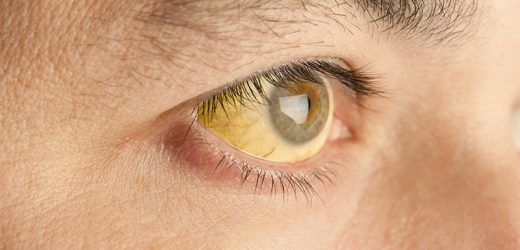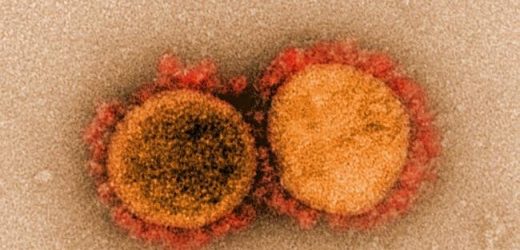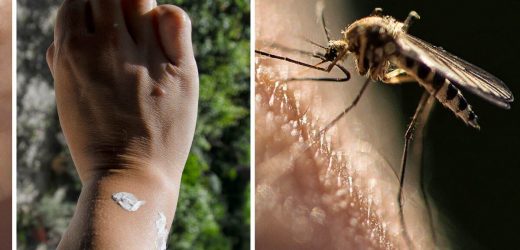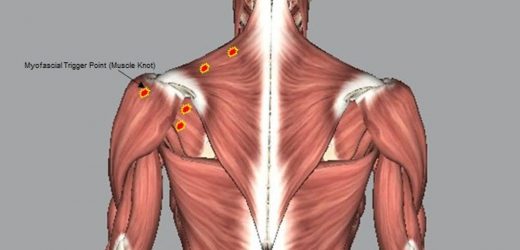AAP Updates Hyperbilirubinemia Guideline
Raising phototherapy thresholds and revising risk assessment are among the key changes in the American Academy of Pediatrics’ updated guidelines for managing hyperbilirubinemia in infants 35 weeks’ gestation and older. “More than 80% of newborn infants will have some degree…
Read MoreNew portable diagnostic detects SARS-CoV-2 RNA and antibodies at the same time
As the COVID-19 pandemic has run its course, the questions we have been asking ourselves have evolved: from “How do I know if I’m infected?” to “How strong is my immunity?” to “Which strain of the virus do I have?”…
Read MoreGilead Quarterly Profit Falls as COVID Antiviral Sales Decrease
(Reuters) — Gilead Sciences Inc on Tuesday said its second-quarter adjusted profit fell due to higher research and royalty costs as well as a downturn in sales of its COVID-19 antiviral drug Veklury. Quarterly revenue, however, rose 1% to $6.3…
Read MoreMosquito bites: 4 signs you’ve been bitten and the best ‘natural anaesthetic’ for pain
Dr Zoe explains why mosquitoes are attracted to red We use your sign-up to provide content in ways you’ve consented to and to improve our understanding of you. This may include adverts from us and 3rd parties based on our…
Read MoreHow the consumer app API rule of the Cures Act will push interoperability
Photo: Jonathan Shannon The 21st Century Cures Act was signed in 2016 and covers various components of healthcare, including modernizing the FDA approval process. Another part of the law deals with interoperability. While HIPAA was designed to safeguard data, the…
Read MoreNeurons sync their beats like clocks on the wall
In the 17th century, the Dutch scientist Christiaan Huygens hung two of his recently invented pendulum clocks on a wooden beam and observed that as time passed, the clocks aligned their beats. He reported this finding, which he called an…
Read MoreHow pathogenic gene variants lead to heart failure
Cardiomyopathy is not a uniform disease. Rather, individual genetic defects lead to heart failure in different ways, an international consortium reports in Science. The molecular and cellular mechanisms that lead to heart failure in people with cardiomyopathy are determined by…
Read MoreWhat are muscle knots? An exercise physiologist explains what those tight little lumps are and how to get rid of them
Imagine you’ve just completed a tough upper-body workout. Your muscles feel a bit tired, but all in all you’re able to go about the rest of your day just fine. The next morning, you wake up and realize the back…
Read MoreEarly warning system can identify sepsis patients
An early warning system has the potential to identify sepsis patients early and improve patient outcomes, according to a study published online July 21 in Nature Medicine. Roy Adams, Ph.D., from Johns Hopkins University in Baltimore, and colleagues conducted a…
Read MoreEarly warning system can identify sepsis patients
An early warning system has the potential to identify sepsis patients early and improve patient outcomes, according to a study published online July 21 in Nature Medicine. Roy Adams, Ph.D., from Johns Hopkins University in Baltimore, and colleagues conducted a…
Read More







